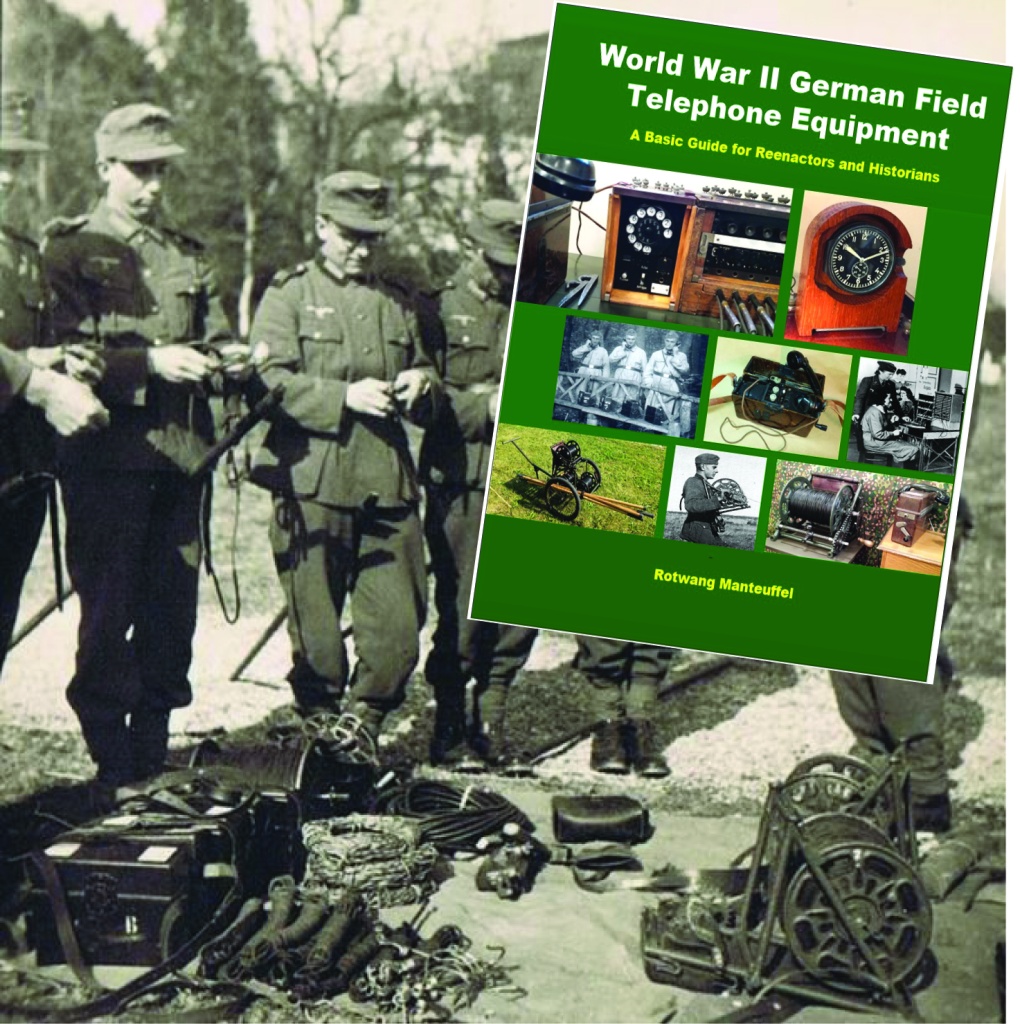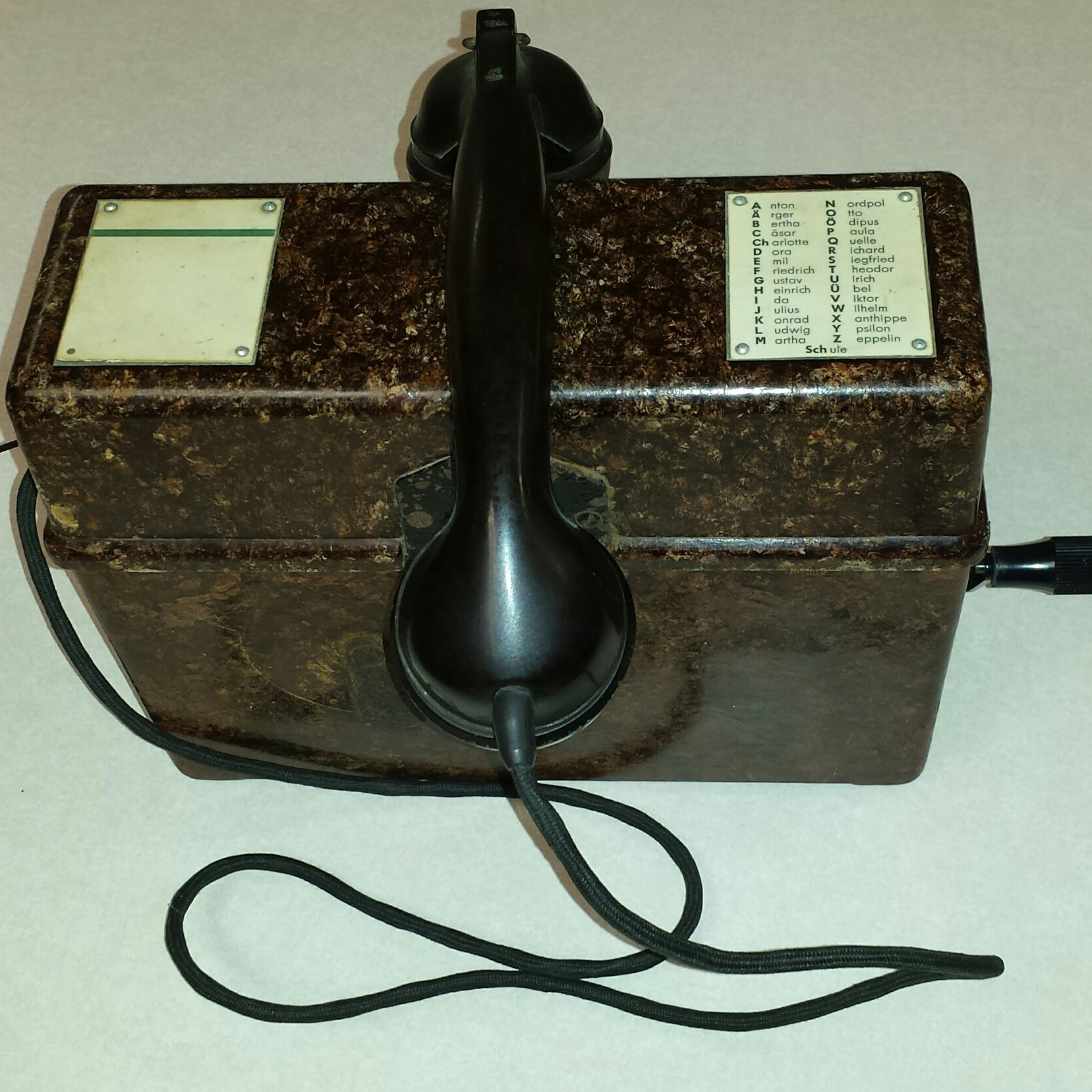During WW2, when building field telephone lines, Nachrichtentruppen had to consider several things. These were to:
1.) Eliminate any field telephone signal interference due to induction.
2.) Provide good field telephone ground connections.
3.) Prevent field telephone conversations from being overheard by the enemy.
Two important pieces of equipment to have on hand when building field telephone lines were multiples of the Übertrager and the grounding stake.
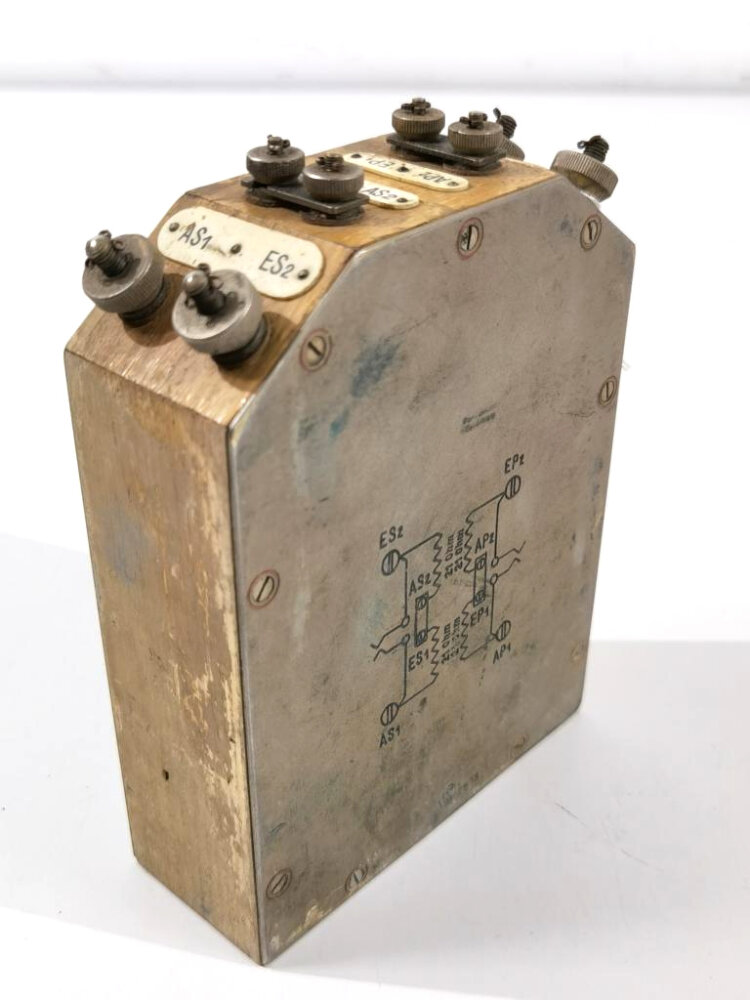

First off, during WW2, it was standard practice, well away from the front lines, of the German military to build field telephone lines using a single wire/ground connection. Telephones and switchboards were linked with one conductor connected to the “La” terminals. The “Lb” terminals were connected to grounding stakes. This operation is described in a previous blog. The reasoning behind this was to conserve field telephone wire and to simplify field telephone line construction.
With regard to eliminating inductive interference… If a field telephone line is built close to a high voltage line (Hochspannungsleitung), then the high voltage line will induce current in the telephone line. This induced current causes noise that will interfere with conversations over the field telephone line.
Near the high voltage line, the solution to the induction problem is to convert the single conductor field telephone line into a two-wire telephone line using a pair of Übertrageren (RÜ) and grounding stakes as shown below.
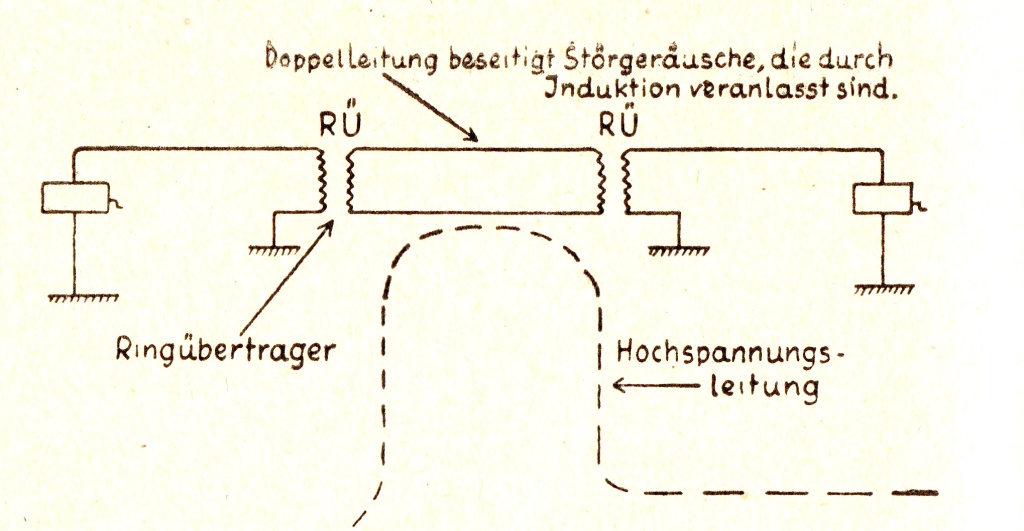
With regard to providing a good field telephone return connection… Quality of single wire/Earth return signals depends on the type of soil the Earth currents (Erdströmen) are passing through. Soils consisting of rock (Fels), gravel, or sand are very poor at conducting Earth currents between grounding stakes. Soil consisting of moist black dirt or peat is the best. This soil must be at a minimum depth of 30 cm.
The solution to improving field telephone signal quality, is to run double wires over the poor stretches of soil, then converting to single wire over good stretches of soil. Conversion requires two grounding stakes for the “Lb” wires.
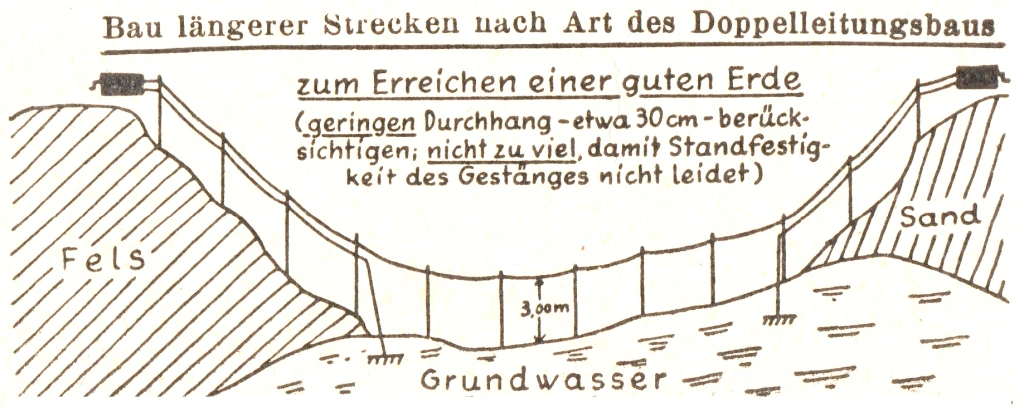
With regard to field telephone conversations being overheard by the enemy… If single wire/ground field telephone lines are built near the front lines (vordere Linien), the enemy can drive stakes (feindliche Sucherden) into the ground, intercept, and eavesdrop on telephone conversations with a listening device (Lauschgerät verstärkt).

The solution to this eavesdropping problem is to build two-wire field telephone lines near the front lines. Nachrichtentruppen were forbidden to build single wire/ground field telephone lines closer than 3 km to the front lines.
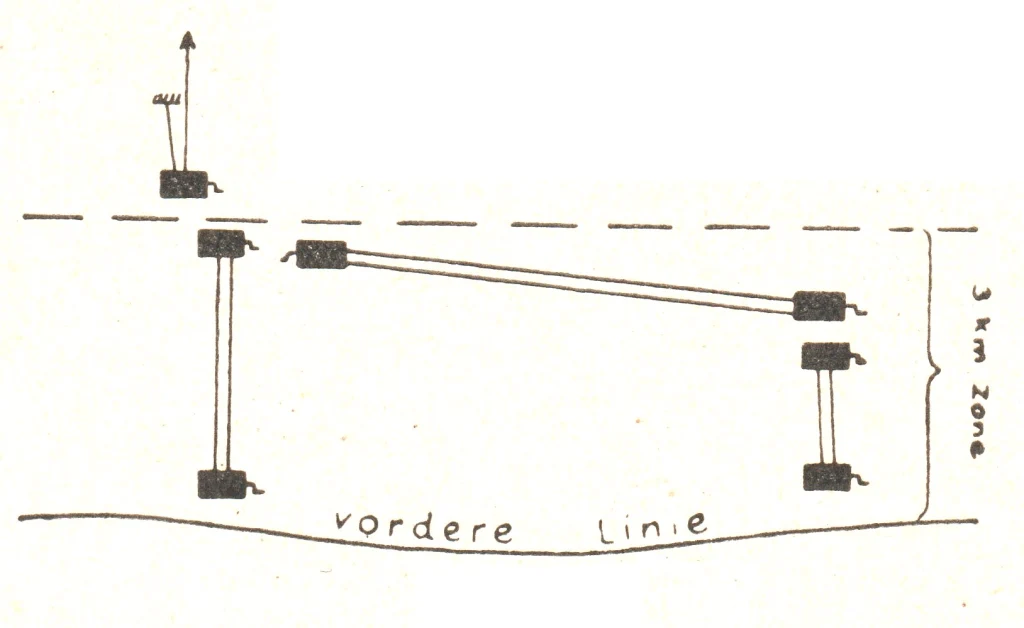
With double wires between the “La” and “Lb” terminals, the enemy can’t evesdrop on field telephone conversations.

For more information about WW2 German field telephone equipment, check out my book: https://www.lulu.com/en/us/shop/rotwang-manteuffel/world-war-2-german-field-telephone-equipment-a-basic-guide-for-reenactors-and-historians/paperback/product-976w9q.html?page=1&pageSize=4
